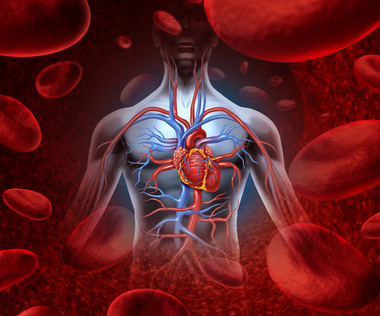This meta-analysis included 14 studies and compared the uptake of fluorodeoxyglucose (18F-FDG) according to positron emission tomography (PET)/computed tomography (CT) in symptomatic versus asymptomatic patients, demonstrating a significantly higher uptake in patients with symptomatic lesions. While PET/CT imaging of atheroma is a tool under investigation, with limited applicability in clinical practice, in a relatively close future, it might give insight into plaque biology so as to identify cases most likely to result in stroke. If so, it would become another tool to define intervention in patients who are asymptomatic but present highly inflamed and eventually unstable plaque.

Approximately 80% of strokes are ischemic in nature, and carotid lesions are deemed the source in 10% of cases. There is strong evidence that early intervention is key in reducing stroke rates in patients with significant symptomatic ipsilateral carotid disease. However, in asymptomatic patients, there are very few tools supporting intervention and most are in clear support of conservative management by best medical therapy available. Only a small proportion of asymptomatic patients with significant carotid artery lesions will develop a stroke or transient ischemic attack; having tools that will help to identify these patients might lead to interventions that will reduce the risk of future events. The use of 18F-FDG in PET/CT might be this new tool.
Conclusion
The use of 18F-FDG in PET/CT can demonstrate carotid plaque inflammation as a marker of symptomatic disease. Further studies are required to add these imaging techniques to clinical practice.
Original title: 18F-FDG Uptake on PET/CT in Symptomatic Versus Asymptomatic Carotid Disease: A Meta-Analysis.
Reference: Mohammed M. Chowdhury et al. Eur J Vasc Endovasc Surg (2018). Article in press.
Subscribe to our weekly newsletter
Get the latest scientific articles on interventional cardiology
We are interested in your opinion. Please, leave your comments, thoughts, questions, etc., below. They will be most welcome.





